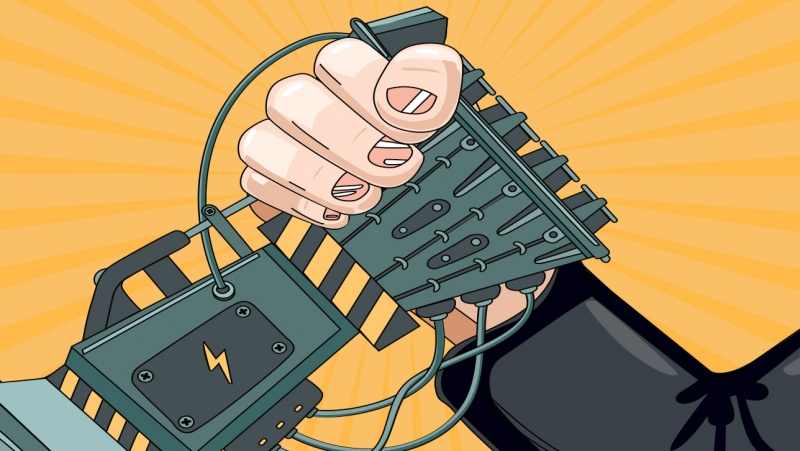
David Pich
Head of Business Development
Share This Post
Share on facebook
Share on twitter
Share on linkedin
Share on whatsapp
Share on telegram

Hyper casual games are still leading the app stores by storm, holding the top places in free app downloads on both app stores, and accumulating ad revenue for their makers. Much of their success is down to their simplicity which runs through every part of each and every game, including their design.
As a result, hyper casual has become a legitimate design language with a clear set of design principles that every game designer needs to think about when creating their own games.


